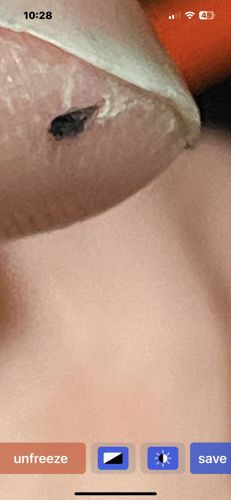Tick
Scientific Name: Ixodida (Order)
Order & Family: Order: Ixodida, Family: Ixodidae (hard ticks) or Argasidae (soft ticks)
Size: Typically 3-5 mm (unfed), can swell to 10-15 mm when engorged with blood.

Natural Habitat
Wooded areas, tall grasses, shrubs, leaf litter; often found in outdoor environments with mammal and bird hosts.
Diet & Feeding
Strictly hematophagous (blood-feeding) at all life stages (larva, nymph, adult). They feed on the blood of mammals, birds, reptiles, and amphibians.
Behavior Patterns
Ticks are parasitic arachnids that attach to a host to feed. They do not fly or jump; instead, they 'quest' by climbing onto vegetation and waiting for a host to brush by. They typically burrow their mouthparts into the host's skin and can remain attached for several days while feeding. Their life cycle typically involves four stages: egg, larva, nymph, and adult, with a blood meal required between each active stage.
Risks & Benefits
Potential risks include transmitting various pathogens that cause diseases such as Lyme disease, Rocky Mountain spotted fever, anaplasmosis, babesiosis, and ehrlichiosis, among others. Tick bites can also cause irritation, allergic reactions, and localized infections. There are no direct benefits to humans, but they are a component of natural ecosystems and serve as food for some birds and other invertebrates.
Identified on: 10/1/2025